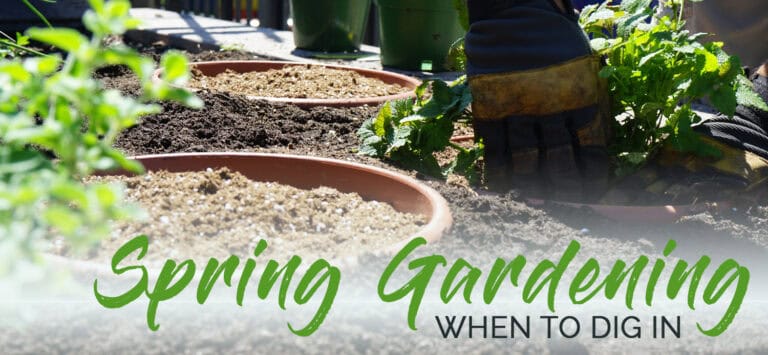
March 25, 2021
Here in Wisconsin, the spring season can be a bit of a tease. Just when you think it must finally be here for good, you wake up one April morning to find your lawn covered in a fresh blanket of snow. After a long winter, though, most of us can’t wait to get out into…
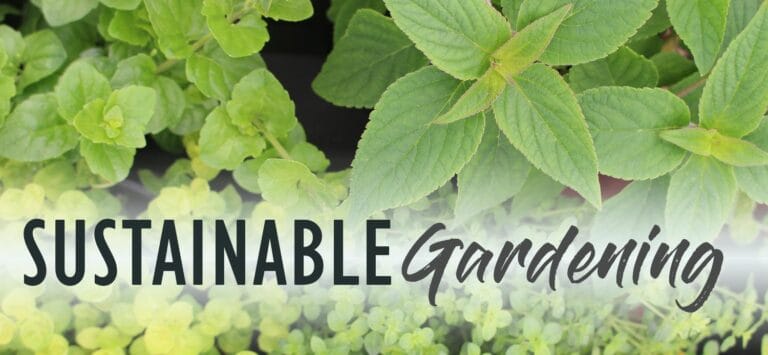
March 11, 2021
The term “sustainable gardening” may sound daunting at first, but it really boils down to a simple concept: enhancing your space while choosing methods that cause little harm to it. Concern for our environment and the desire to protect and preserve our world for future generations has prompted us to learn, explore, and implement sustainable…
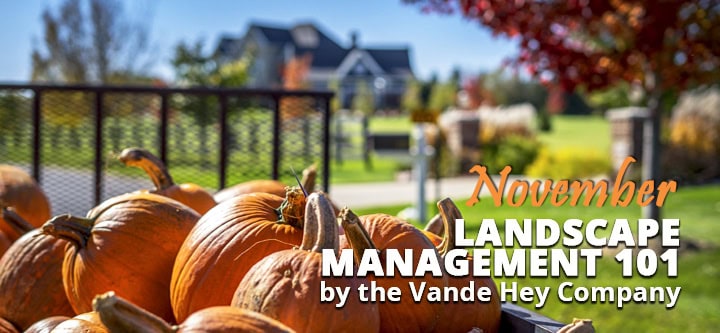
October 23, 2020
Beautiful autumn days mean comfortable working temperatures and hopefully time to continue prepping for winter. The more you do now, the easier things will be in the spring! Put things away, organize, protect, and enjoy the remaining fruits of your hard labor throughout this past year! EARLY NOVEMBER MID NOVEMBER LATE NOVEMBER
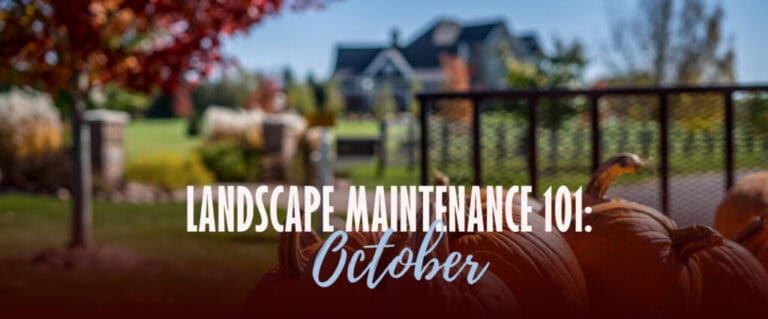
September 28, 2020
Winter is coming! Living in Wisconsin, we are accustomed to winter showing up early so, whether we like it or not, it is time to start preparing. Even light frosts can pose dangers for more tender plants like your begonias, tomatoes, and peppers. Be prepared ahead of time so you do not get caught off…

September 1, 2020
As we enter into September, the heat of summer will finally begin to diminish as we enjoy cooler evening temperatures. The cooler temperatures create a great opportunity for some transplanting, sowing grass seed, and utilizing various herbicides as we continue to enjoy harvesting various fruits and vegetables. Let’s dive into our September Landscape Management 101….
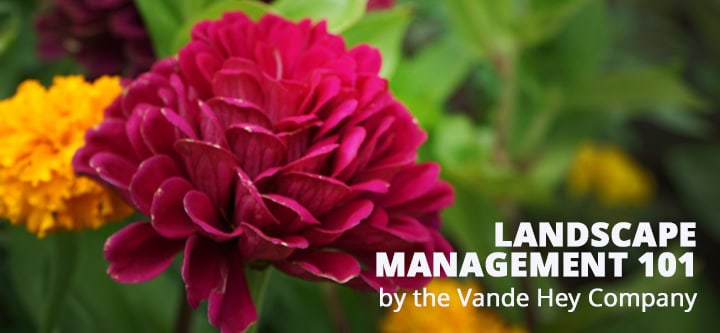
July 30, 2020
One more month of heat to go before things start cooling off! Luckily, August brings a lighter workload with a focus on continuing basic upkeep and spraying your favorite plants regularly to protect them until the feeding frenzy ends. Once the night temperatures begin to drop later in September many pests will return to the…
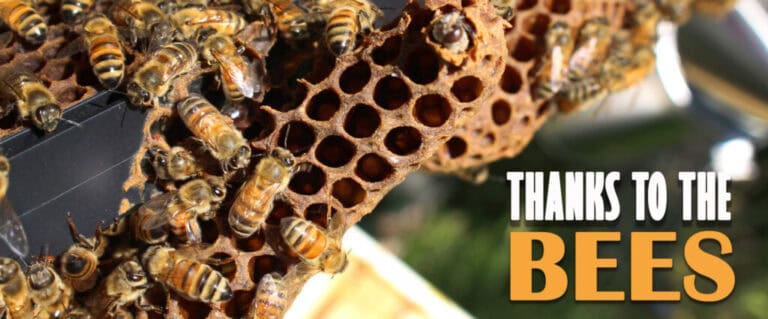
July 24, 2020
Let’s take a moment to thank our hardworking honeybees (Apis mellifera) and their dedication to pollinating our flowers! Bees are often considered the most important pollinators, with honeybees accounting for 84% of all insect pollination. These flying golden beauties are particularly good pollinators due to pollen-collecting structures on their bodies: the scopa (or pollen basket)…

July 7, 2020
Things are heating up and summer is moving full force ahead. Along with the heat, keeping things hydrated and battling disease will be our biggest challenge. Don’t forget to keep yourself hydrated as well as you move forward with your July Landscape Management 101! EARLY JULY MID JULY LATE JULY As always, let us know…
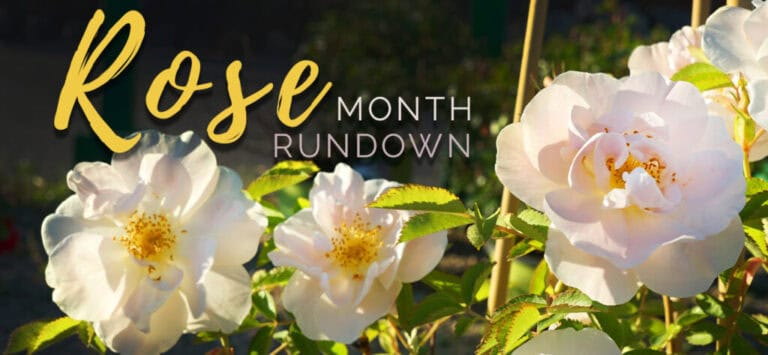
June 18, 2020
June is Rose Month—a time to celebrate one of the most iconic and beloved flowers in the garden. With their vibrant blooms and unmistakable fragrance, roses have long symbolized love, passion, and beauty. From classic literature to pop culture, their presence is everywhere—and for good reason. While roses are sometimes seen as high-maintenance, a little…

June 5, 2020
June is Rose Month, so let’s work hard, but don’t forget to stop and smell the roses! We are saying goodbye to the spring and hello to the start of summer! We will also be saying hello to gorgeous annual and perennial flowers and unfortunately the pests that come along with the warmer weather. Let’s…
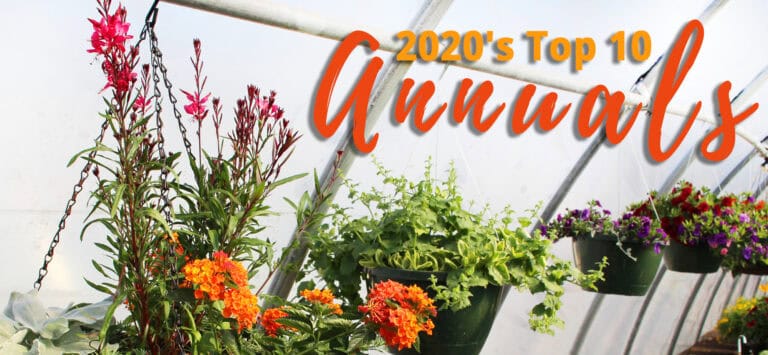
May 20, 2020
Every year we grow beautiful annuals perfect for containers or for annual beds. They provide extra color, texture, and also a variety of different heights. Check out our 2020 Top 10 Annuals to learn a little bit more about some of our favorites! 1) Profusion Zinnia- Providing bright colorful flowers spring through fall, this sun-loving…
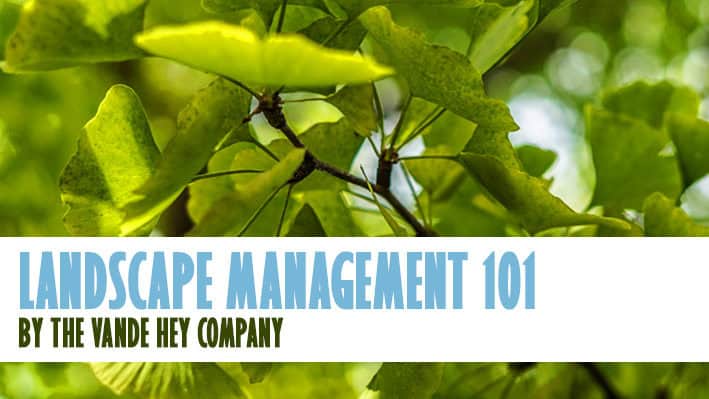
May 6, 2020
The weather is finally warming up, spring is in the air, and we cannot wait to get to work in our gardens! We survived the “April in Wisconsin Gauntlet” and all 5,236 different types of weather it threw at us. Now it is May! Everything is greener, brighter, and warmer! Let’s get to work! EARLY…

March 31, 2020
April Showers bring May… Well, we sure hope for showers instead of snow this year! As things continue to warm up, we can all get more and more active in the backyard! Here’s our list of things you can do in April!

March 16, 2020
You’re sitting inside waiting for the snow to melt and the ground to thaw so you can finally get started on your garden and landscaping—it’s kind of like watching paint dry, but worse. Someone keeps adding paint (or in our case, snow). What’s the solution? Stop staring at the paint! Our horticultural experts at Vande…









